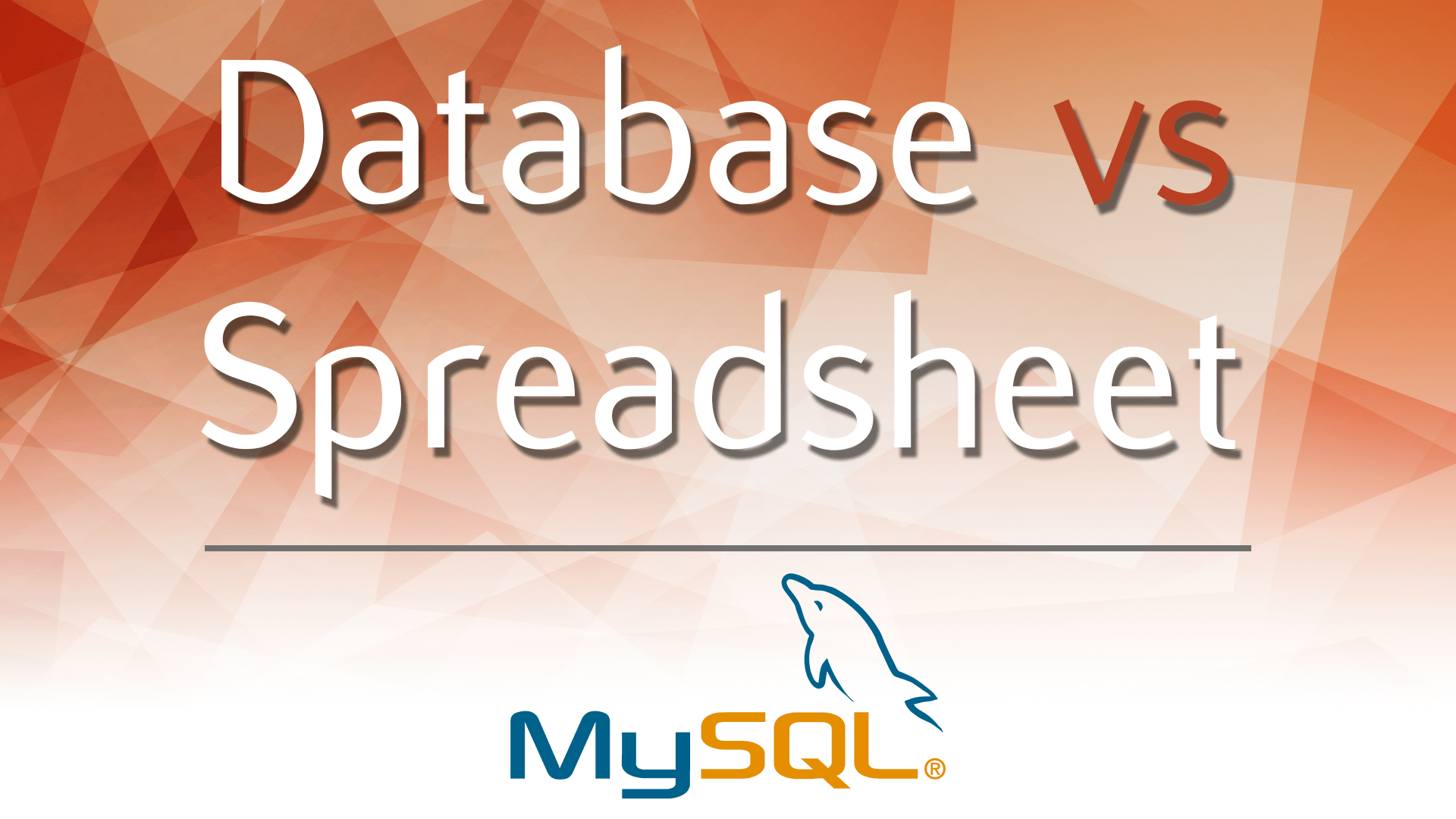I am trying to build a source book for my organization as we are sales and distribution and sourcing is a daily responsibility. Our vendors can offer anywhere from 1-20 different kinds of products in how we would categorize them, and since we are a national company those vendors have several different contacts based on what region you are located in. Below is the information I am needing to incorporate, and I am trying to avoid having the vendor listed once and merging cells vertically to include all the different contacts and products they offer. This source book also can get updated frequently so I am needing something that can be updated without being too tall of an ask. End goal here is for a salesperson to be able to go in to the source book and select the product they are needing to source, and it return the range of vendors and contacts available with the other information associated with each.
Columns for data:
Vendor, Contact(s), Email(s), Phone(s), Region(s), Shipping Location(s), Product(s), Vendor Rank, Freight Terms, Notes
I had originally thought of building a master list with all the contact information duplicated by the different products, but if a contact needed to get updated, you would need to update all entries which could be cumbersome. It would also look really messy until sorted by product. Trying to see if I can build vendor contacts with all this information, and then query/pivot table/etc to return the vendors that match the criteria. This is above my excel expertise, so let me know if this makes sense or is too complicated!
Columns for data:
Vendor, Contact(s), Email(s), Phone(s), Region(s), Shipping Location(s), Product(s), Vendor Rank, Freight Terms, Notes
I had originally thought of building a master list with all the contact information duplicated by the different products, but if a contact needed to get updated, you would need to update all entries which could be cumbersome. It would also look really messy until sorted by product. Trying to see if I can build vendor contacts with all this information, and then query/pivot table/etc to return the vendors that match the criteria. This is above my excel expertise, so let me know if this makes sense or is too complicated!






